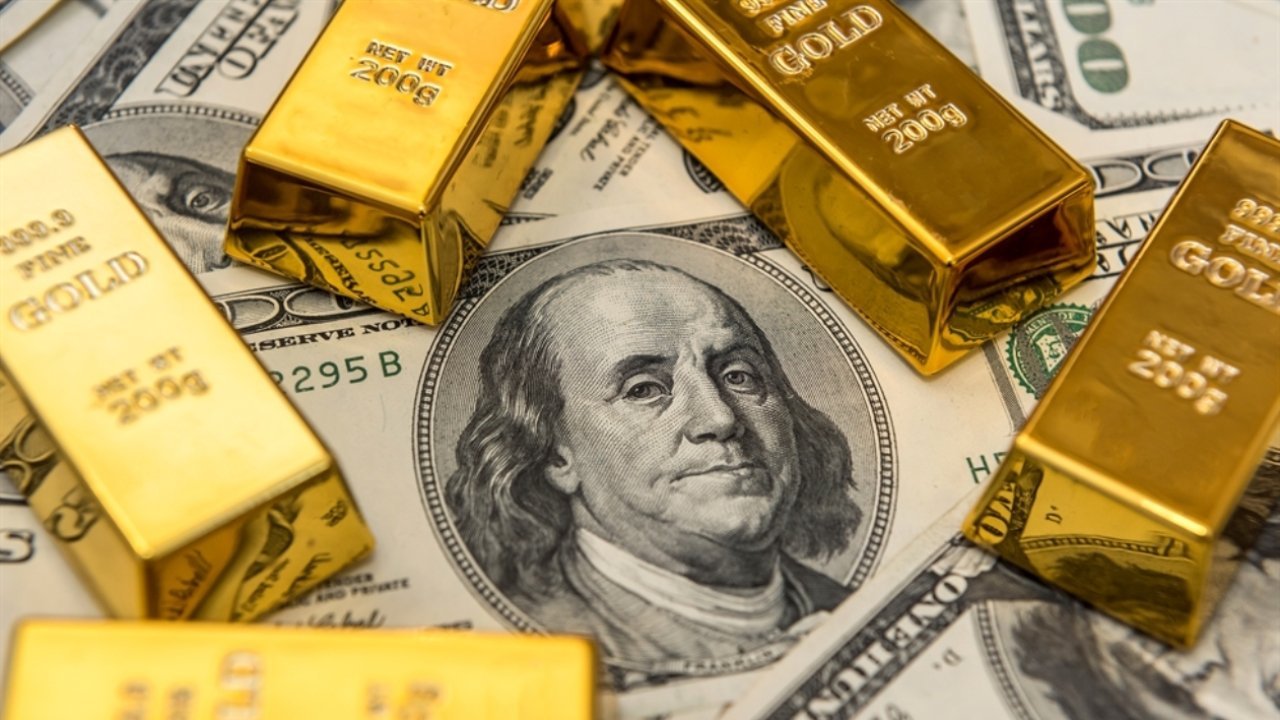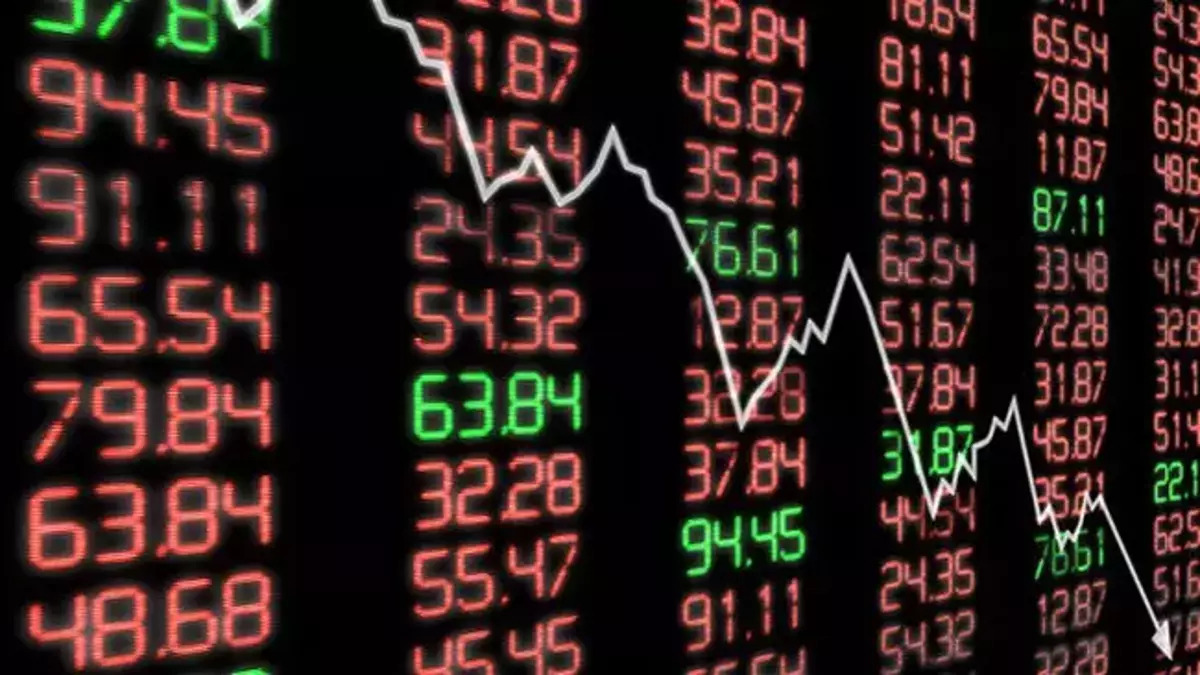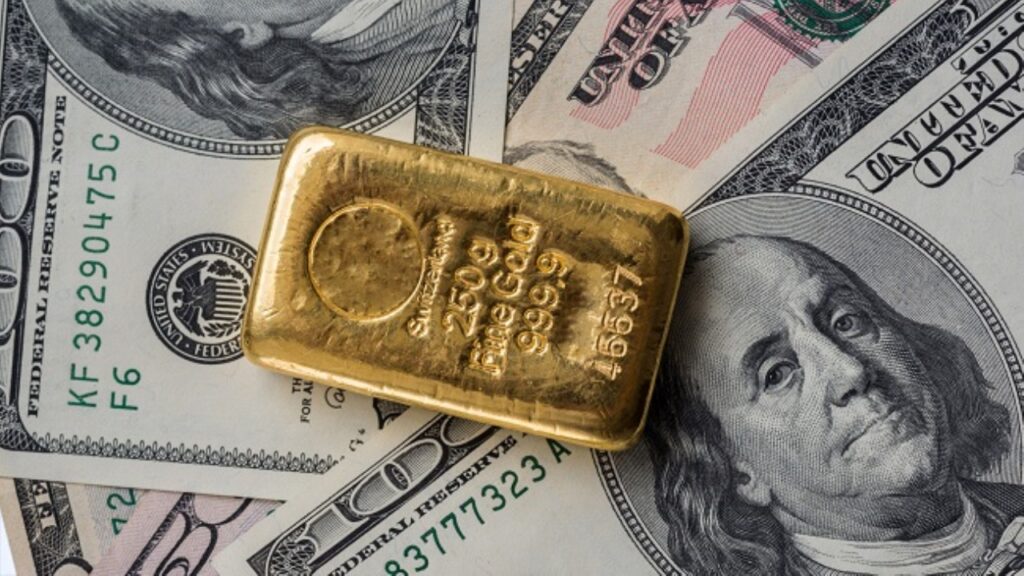According to strategists at Commerzbank, it is too early to expect a real return on gold. ANZ Bank economists say gold will struggle at the peak of US inflation. TD Securities economists, on the other hand, note that the downward trend in the gold price is still gaining strength.
Commerzbank: Gold will continue to struggle at $1,800 mark
Gold price failed to permanently exceed $1,800 this week. According to strategists at Commerzbank, it is too early to expect a real return on gold. In this context, economists make the following assessment:
In the gold market, prices have entered an upward trajectory as the massive appreciation of the US dollar comes to an end. However, it is too early to expect gold to make a real comeback, at least for now. The shiny metal price is likely to continue fighting the $1,800 mark for now. We are confident that the US dollar will revalue against the euro. This is likely to weigh heavily on the yellow metal price in the medium term.

ANZ Bank: Geopolitical and economic risks could protect downside
cryptocoin.com As you follow, the difficulties continue for the gold market. The peak in US inflation signals a downside risk to the gold price. Still, ANZ Bank economists say mounting recession pressures and geopolitical risks could protect the downside. In this direction, economists make the following statement:
In 1980, when inflation peaked at 14.7%, gold prices began to retreat from $631. Something similar happened in 2011, when inflation hit 3.9% in September, triggering a drop from $1,900. With inflation peaking at 9% in June, we may see a similar decline in gold. The closing of the Fed’s balance sheet does not bode well either. Rising geopolitical tensions and economic risks may provide some support. The Russia-Ukraine war and China-US relations are issues that could trigger safe haven buying.

TD Securities: Gold investors should not trust Fed pivot!
Gold’s downtrend signals are solid despite its recent short-term rally. TD Securities economists expect the yellow metal to remain in a bear market regime. Economists explain the rationale for their views as follows:
Trend signals in the yellow metal point to a strengthening downtrend, which clashes with market hopes of a Fed pivot amid falling inflation. As long as the shiny metal stays below $1,890 before the end of the year, participants should not count on a regime change in gold prices linked to a pivot in Fed policy.







